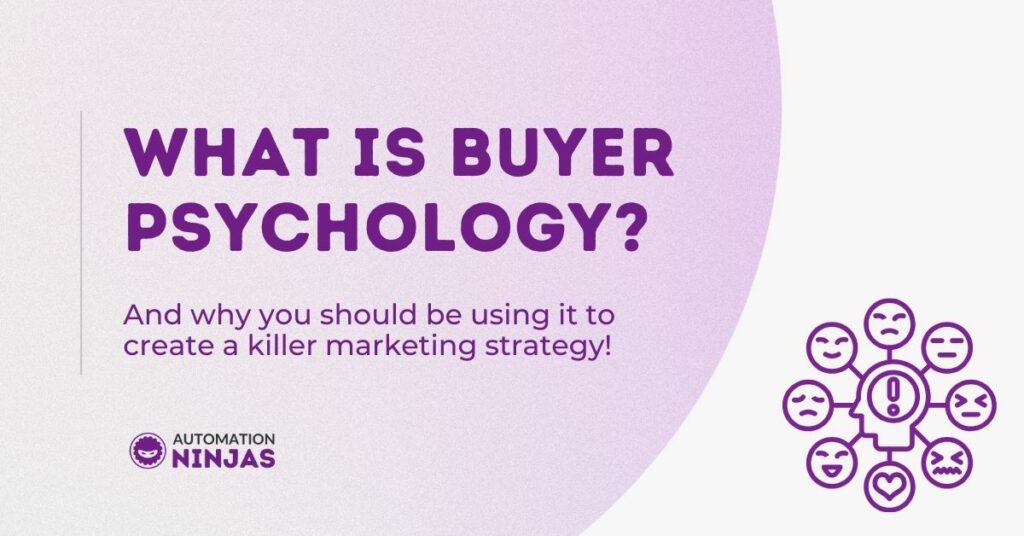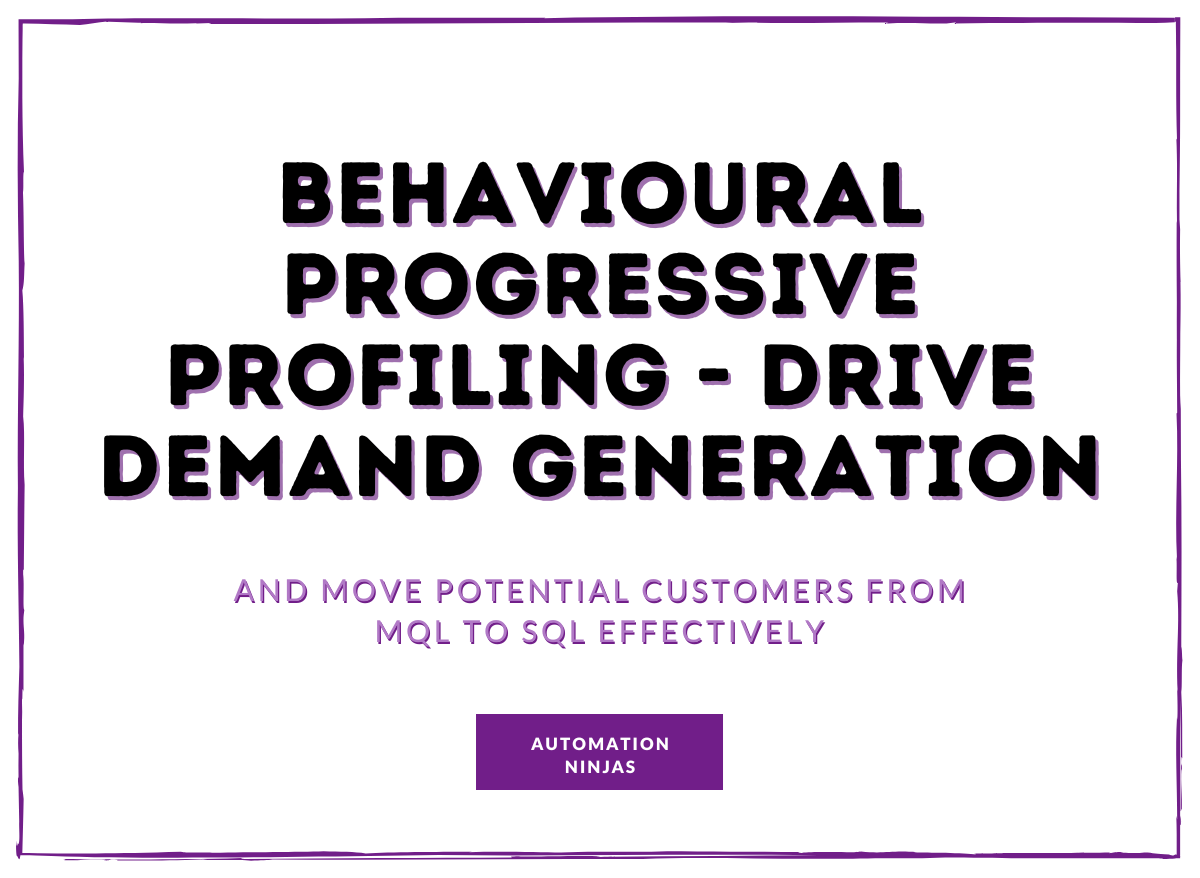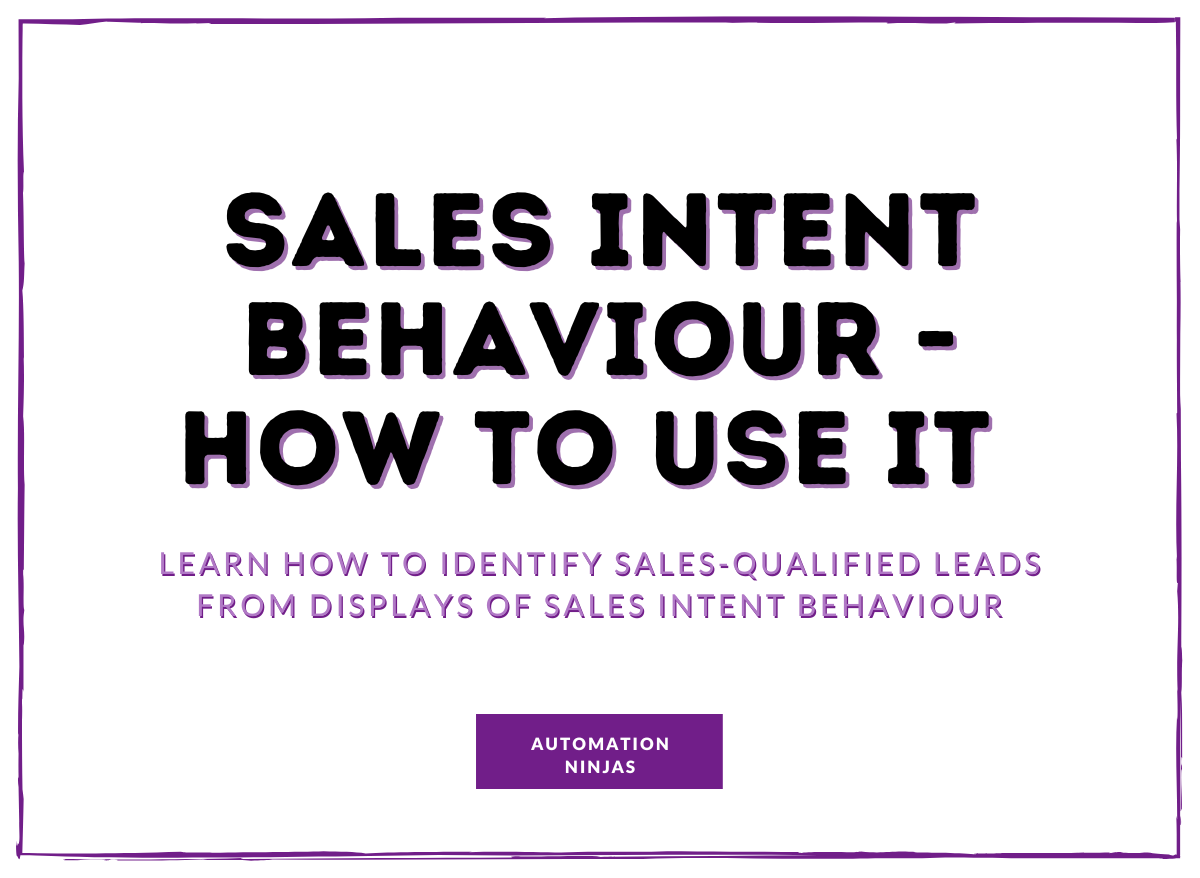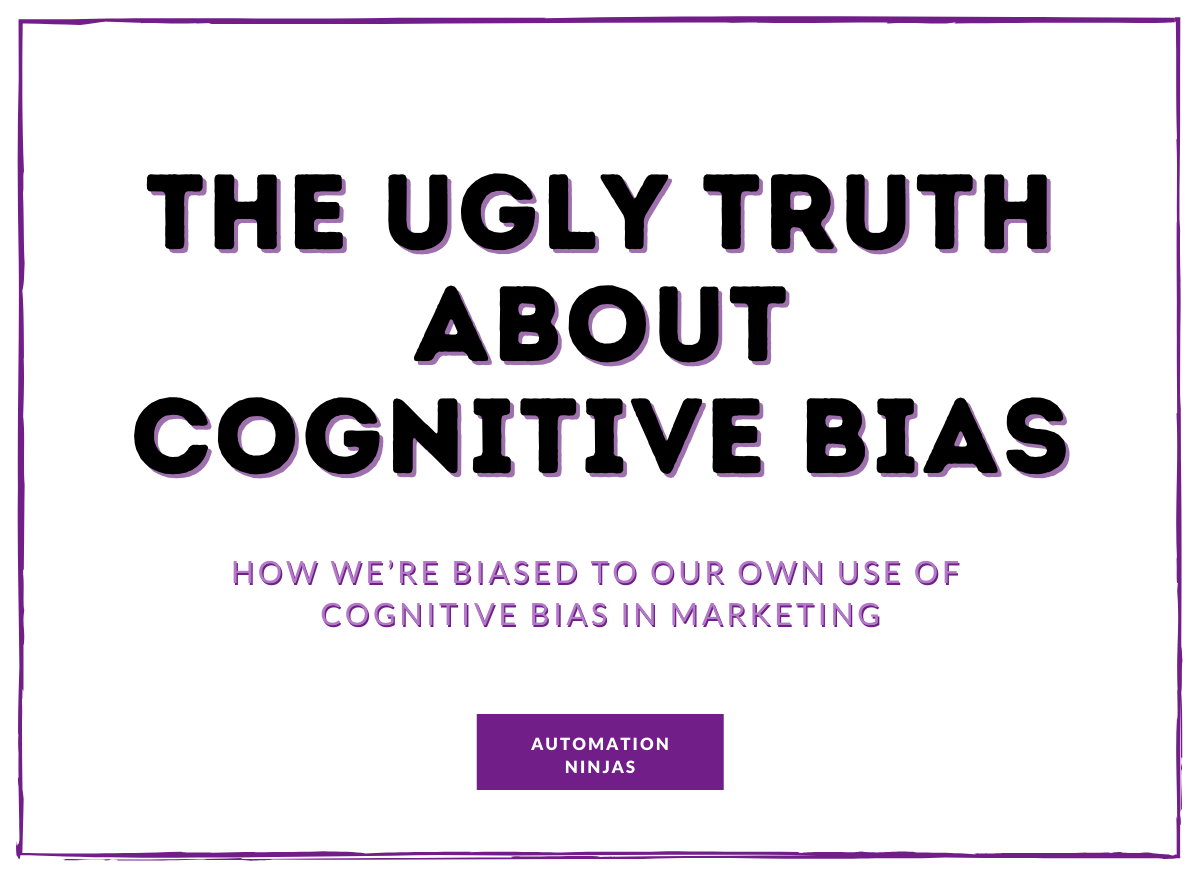Imagine if we all had a little magic looking glass that allowed us to understand what the different behaviours that people present mean. Wouldn’t life be easier?
You’d be able to understand why people behave in certain ways, you’d be able to know their next steps and it would just make life easier overall. I think I can speak for the masses when I say that we all probably spend far too much time trying to decode and analyse the behaviour of the people around us.
While the looking glass might make our lives easier in some ways, the idea is a little dystopian. And, unfortunately we don’t live in the Marvel universe or in the mind of J. R. R. Tolkein so the likelihood of it ever happening is slim.

Marketers do however, have their own little looking glass. Except in the real world, we call it Buyer Psychology.
Buyer Psychology allows marketers to have an understanding of what certain behaviours mean. And, it sets them up to be able to pre-empt their customers' next steps. In this blog, I’m going to take you on a whistle stop buyer psychology tour.
We’re going to take a dive into buyer psychology and all of the things that it encompasses. Cognitive bias, progressive profiling, sales intent behaviour and how knowledge of all of these parts are key components of a killer marketing strategy.
What Is Buyer Psychology?
Buyer psychology is something of an umbrella term that includes our friends cognitive bias, progressive profiling, sales intent behaviour and the dark arts of heuristics. (Mental shortcuts in layman's terms).
Mental shortcuts are the things our brains know how to do on a near instinctive level. Knowing how to make a cup of tea when we’re thirsty…and then remembering to drink it.
Driving is a perfect example. Once we’ve been driving for a while our brains know how to operate a car without any conscious thought, leaving the conscious part of our brain free to concentrate on not crashing into anyone.
At the most basic level, buyer psychology is understanding why your customers behave in the ways that they do. Buyer psychology allows us to understand how people make decisions. That knowledge impacts a wide range of things that influence the choices that we make as marketers.
Unfortunately for us as businesses, humans are not the most logical creatures. We make decisions emotionally – even when our neocortex is doing the heavy lifting. Which is why there are seemingly skewed elections or the wrong person gets booted off of Love Island.
We don’t always behave in a way that makes the most sense. Certainly not compared to good old reliable computer logic. Mental shortcuts and cognitive biases help us to make decisions when the conscious part of our brain either can’t or won’t.
What Is Cognitive Bias?
Cognitive bias is what happens when mental shortcuts go wrong. Buyer psychology takes into account that mental shortcuts often impact our decision making in a negative way.
Think of cognitive bias like a bad mental shortcut. Cognitive bias is the reason we walk away from a deal despite all the evidence screaming at you that it’s a good one.
Generally speaking, bias is the inclination to lean toward or away from someone, a group, an idea, or something, usually in an unfair manner. Biases are a part of human nature and are natural; they don't just exist in our minds or in a vacuum; they influence the choices we make and the way we behave.
However, understanding buyer psychology and concepts such as cognitive biases and heuristics, you are able to influence buyer behaviour. With a bit of careful planning – and trial and error – you’ll be able to future proof your marketing.
And that’s pretty powerful stuff. The upshot is that you’re able to communicate with your customers more effectively because you understand them better.
Behavioural Progressive Profiling
To profile your leads progressively based on behaviour, is to take a look at the behaviours that they have already presented and segment them into different categories. You would segment them based on their interest and engagement with your content and sales materials.
Simply understanding what past and present behaviour means and how it might be used to predict future behaviour is the goal of profiling.
- Related Content - Progressive Profiling: Behavioural Segmentation From Customer Behaviour
That is the theory. But, what does that look like in real time for you as a business owner or a marketer?

Well, by looking at the things that your leads have engaged with, you will know what stage they’re at in their customer journey. And so, this lets you know the appropriate communications and content to send their way.
It allows you to personalise your marketing in a way that is valuable for you and your audience. Not only does it allow you to personalise your marketing efforts, correctly progressively profiling your leads is a way to increase sales and customer lifetime value and gain a deeper understanding of your consumers.
Sales Intent Behaviour
Sales intent behaviour is the most simple of all of the concepts that we’ve discussed so far. The meaning is in the name! When our leads are ready to purchase, they display certain behaviours that signal this is the time for us to make a move and try to close a sale.
Sales intent = A customer’s intention to purchase a product or service. Sales intent behaviour is the specific behaviour that people display when they are making a purchase decision.
Having a working understanding of sales intent behaviour is pivotal for any business. You don’t want to do all of the hard graft through your leads’ customer journey only to jump the gun too soon and scare them away.
‘’How do I make sure I don’t do that?’’ I hear you ask.
The answers you’re looking for are in the information that progressively profiling by behaviour will provide you with. By identifying which level of awareness your consumer is at / where they are in their customer journey, we can tap into our prospects' sales intent and know the right moment to send the right kind of message.
If you don’t yet have complete clarity on awareness, we have a blog here that will tell you what exactly awareness is, why it matters and how you can use it to your advantage.
So, how does buyer psychology play a role in your marketing strategy?
As I mentioned at the beginning of this blog, buyer psychology is like our own little looking glass. When you combine the powers of cognitive bias, progressive profiling and sales intent behaviour, you are able to curate a marketing strategy that hits the mark at every turn.
No more wondering if now is the right time to close a sale. Or, wondering if your leads need more education to be able to get to a point of sale. Buyer psychology takes those problems off of your plate and turns them into a wonderful meal of higher conversion, ROI and customer lifetime value.
No more worrying about when to send things or being confused when your leads don’t react in a way that you don’t expect. All that is left to do is to make sure you have enough cracking content to send to your leads at the various stages of their customer journey.
If you're looking into buyer psychology, that would say to me that this isn't the first toe that you've dipped into the marketing pool. (Did you catch that little bit of behavioural segmentation?)
With that being said, you might be someone who is a perfect fit to receive our Marketing Brainbox - join our list to stay in the loop with the latest news and exclusive content. Or, if you have something specific in mind, reach out to us directly. We're all ears and ready to chat!

Sign up to the Brainbox to stay in the loop with the latest marketing news and exclusive content
Or, if you have something specific in mind, reach out to us directly. We're all ears and ready to chat! Contact us here.





